

The Celestron Inspire 100AZ Refractor Telescope and Meade Instruments Polaris 114mm Reflector Telescope are both excellent telescopes. This versus guide puts the two head-to-head to help you decide which mid-range, intermediate model will be the best telescope for your needs.
There are plenty of keen amateur astronomers who love watching the stars and know how to handle a telescope, but can't quite stretch to the price of a high-end device. Enter the mid-range or intermediate telescope. You'll pay maybe two or three times as much as you'd need to spend on one of the best telescopes for beginners (see our Celestron 21039 PowerSeeker 50AZ vs National Geographic Refractor 60/700 AZ guide for two great low-end options), but that will still fall short of the three times again that a truly range topping telescope will cost (such as the Orion SkyView Pro 8 GoTo vs Celestron Nexstar 8SE).
Put simply, as well as being good value, the feature set and performance of an intermediate scope should ensure that it's one you won't tire of easily. It may not have a built-in computerised system that will set motors whirring and automatically direct you to specific points of interest, but it will resemble what most people think of when they consider a telescope and should suit all but the fussiest or laziest of stargazers.
Our first contender in this head to head or lens-to-lens comparison is the Celestron Inspire 100AZ Refractor Telescope. This one brings telescope technology bang up to date by including a smartphone adapter as standard for anyone wanting to shoot photos or video using the scope. The model name refers both to the fact that it features a large and bright 100mm objective lens, plus that it includes a traditional Altazimuth mount. We'll explore more on what that all means later on in this article.
At a broadly similar price point, the competitor we've chosen for the Celestron is the Meade Instruments Polaris 114mm Reflector Telescope. You'll immediately notice that the Celestron is a 'refracting' scope, whereas the Meade option is a ‘reflecting' scope – and we will drill into what those both mean and their pros and cons in due course. For now though, know that key specification for the Meade device you need to be focusing on includes its 114mm objective lens with f/8.8 aperture, plus equatorial mount with slow motion controls. We'll also explore those terms in the text that follows.
So those are the basics, but which of our chosen contenders for the best intermediate telescope you can buy will best suit your own particular requirements? Read on to find out…
Celestron Inspire 100AZ vs Meade Polaris 114mm reflector telescope: design and features
At the heart of the Celestron Inspire 100AZ Refractor Telescope is a large 100mm objective lens, while there is a choice of two supplied 10mm and 20mm eyepieces providing a magnification of 33x and 66x respectively. A bonus here is a fully integrated smartphone adapter that will allow users to get up and running with some astrophotography from the get go. With fully coated glass optics, the Celestron's relatively short tube allows for a wider field of view, thus making it suited to finding both large and faint deep sky objects.
Sign up to the T3 newsletter for smarter living straight to your inbox
Get all the latest news, reviews, deals and buying guides on gorgeous tech, home and active products from the T3 experts
That being said, this telescope isn't just built for astronomy. Its optics provide an image that is the right way up to enable easy viewing day or night, whether viewing landscapes or the heavens. The set up is portable too, thanks to a lightweight yet stable asymmetrical ‘altazimuth' mount, set on a stainless steel construction tripod. For those not in the know an altazimuth mount is a two-axis mount for supporting and rotating the telescope about both vertical and horizontal axes. Operational flexibility is what's offered here.
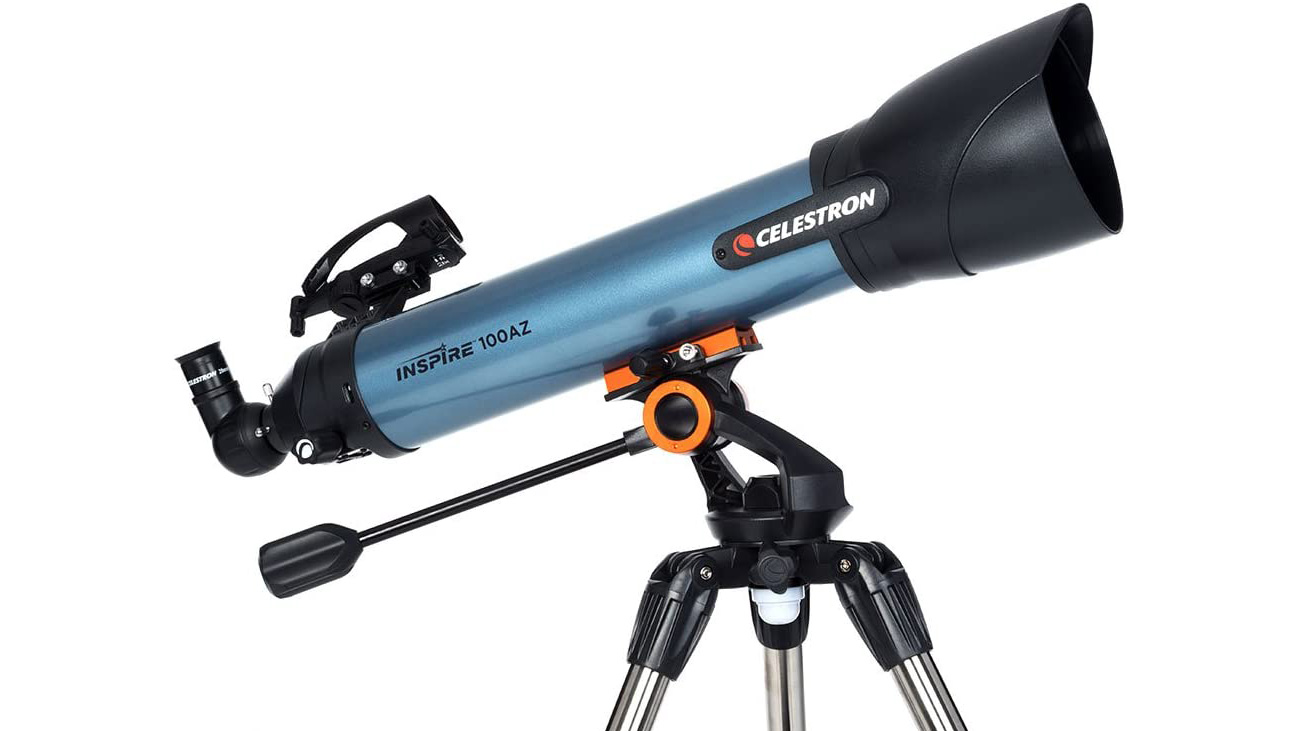
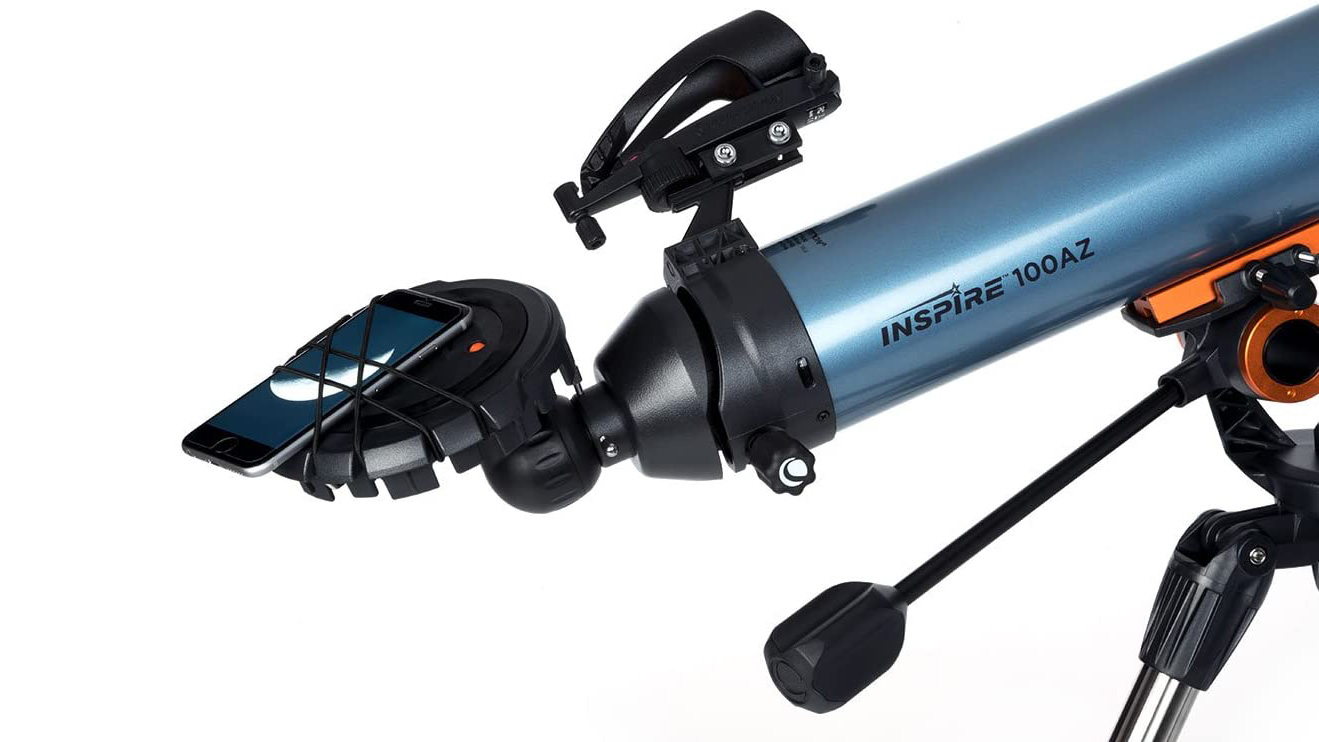
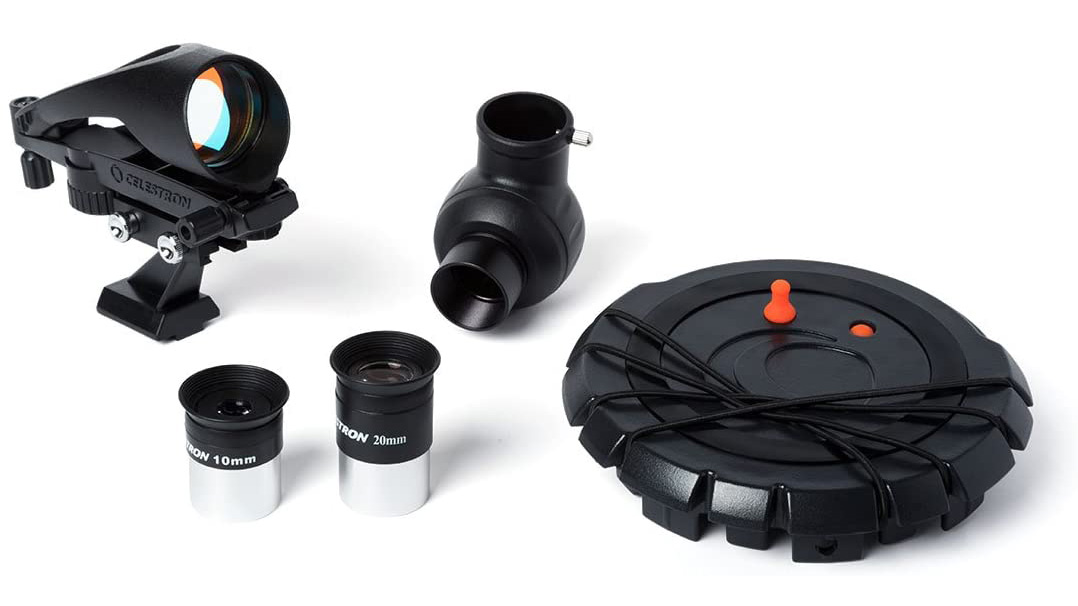
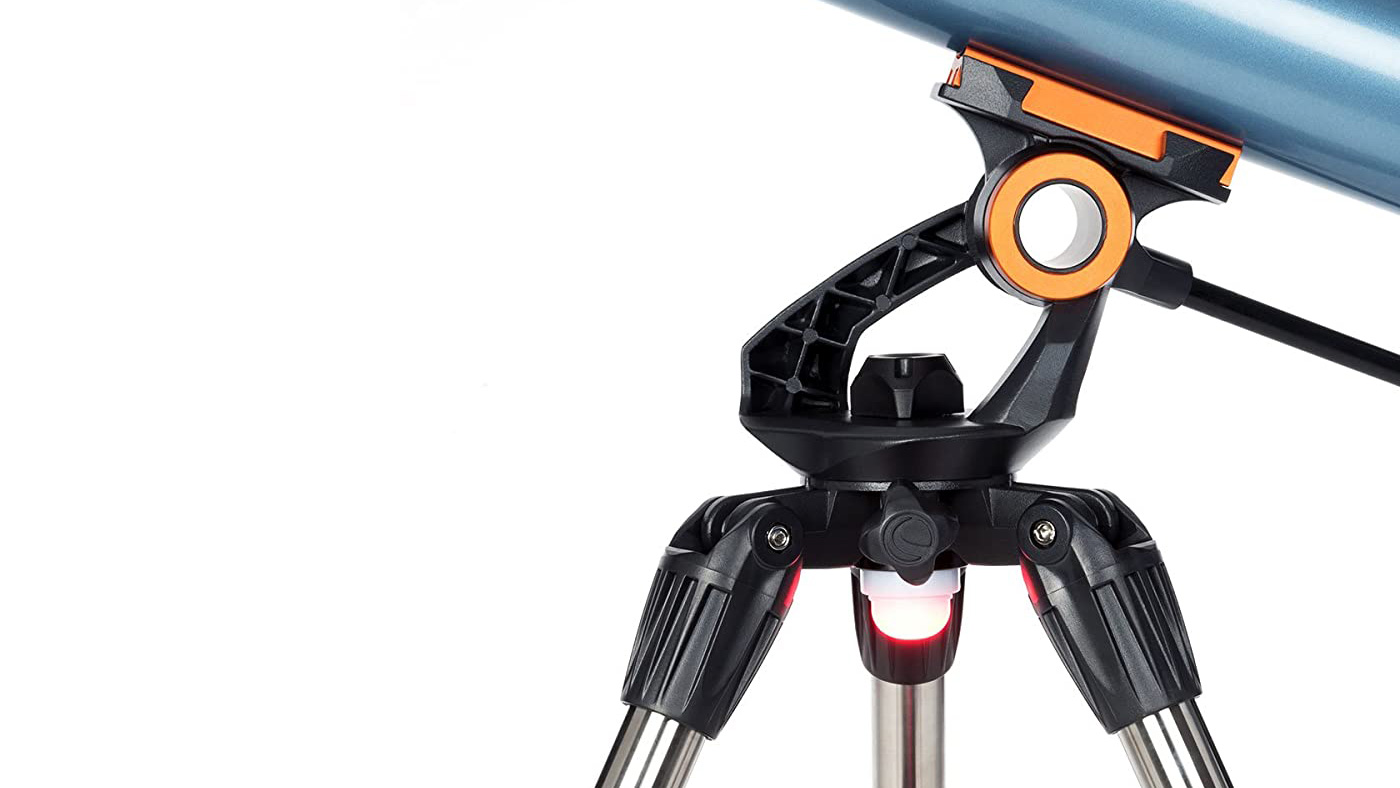
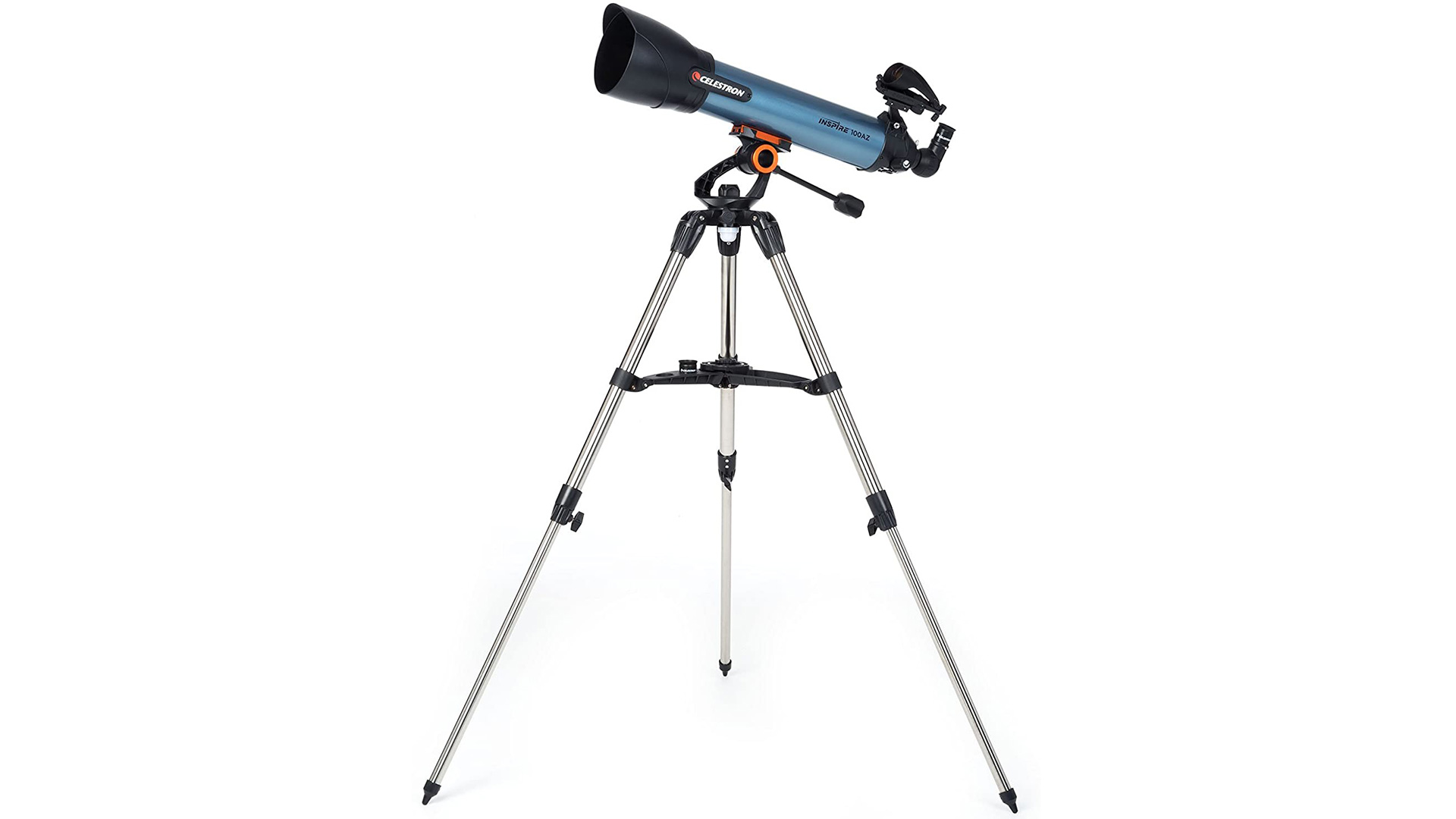
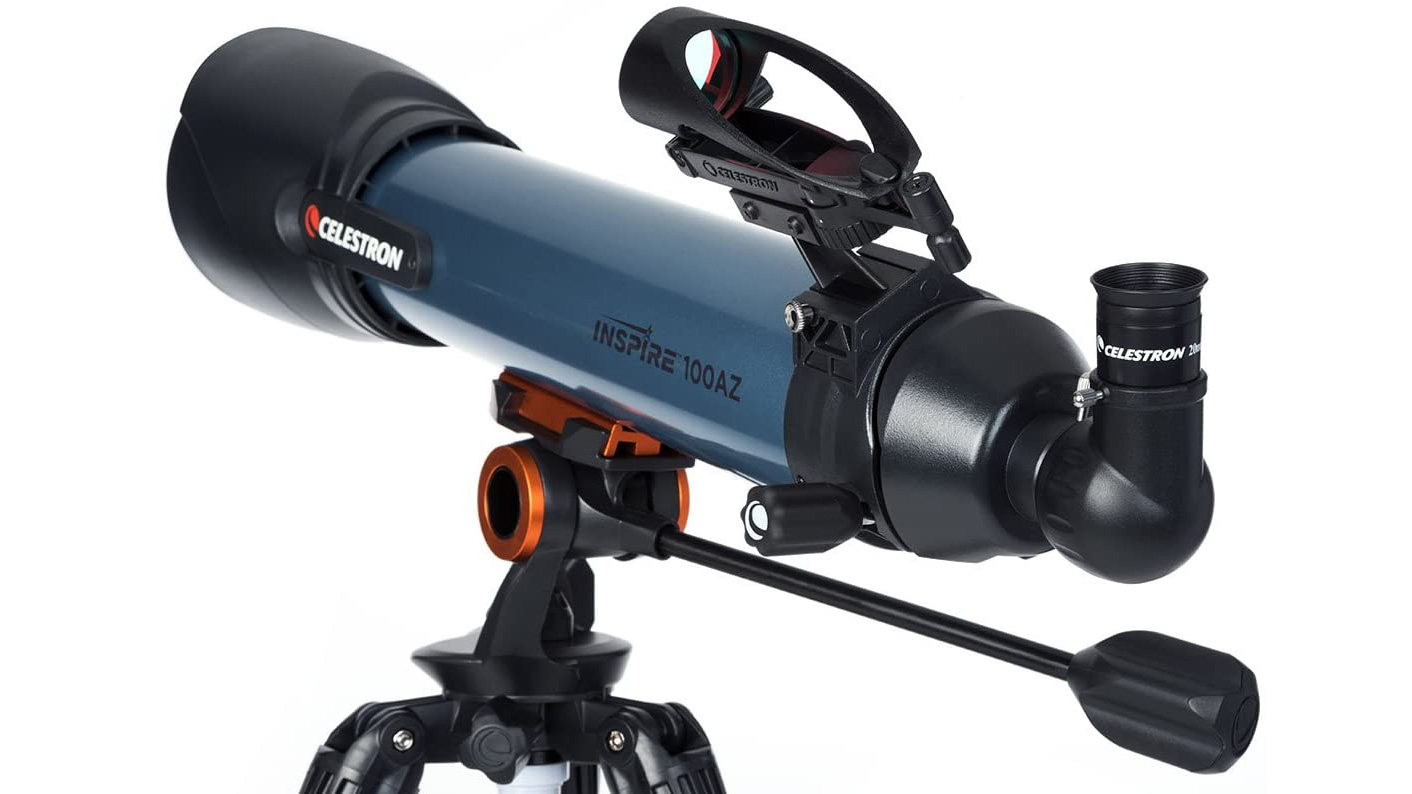
Whereas the Celestron deploys an objective lens in being a refracting scope, on the Chinese-made Meade Polaris 114mm Reflector Telescope it's a Newtonian mirrored set up. The Meade option comes with three eyepieces in a 6.3mm, 9mm and 25mm that provide a choice of low, medium and high-powered magnification respectively for enabling its users to view a wide range of objects – for example the Moon, the planets and deep sky objects. On top of this we get two ‘Barlow' lenses that double their respective magnification. Because of this, the manufacturer claims users are essentially getting six different eyepieces, which may give it a viewing advantage over its Celestron competitor in terms of both flexible viewing options and overall deep space reach.
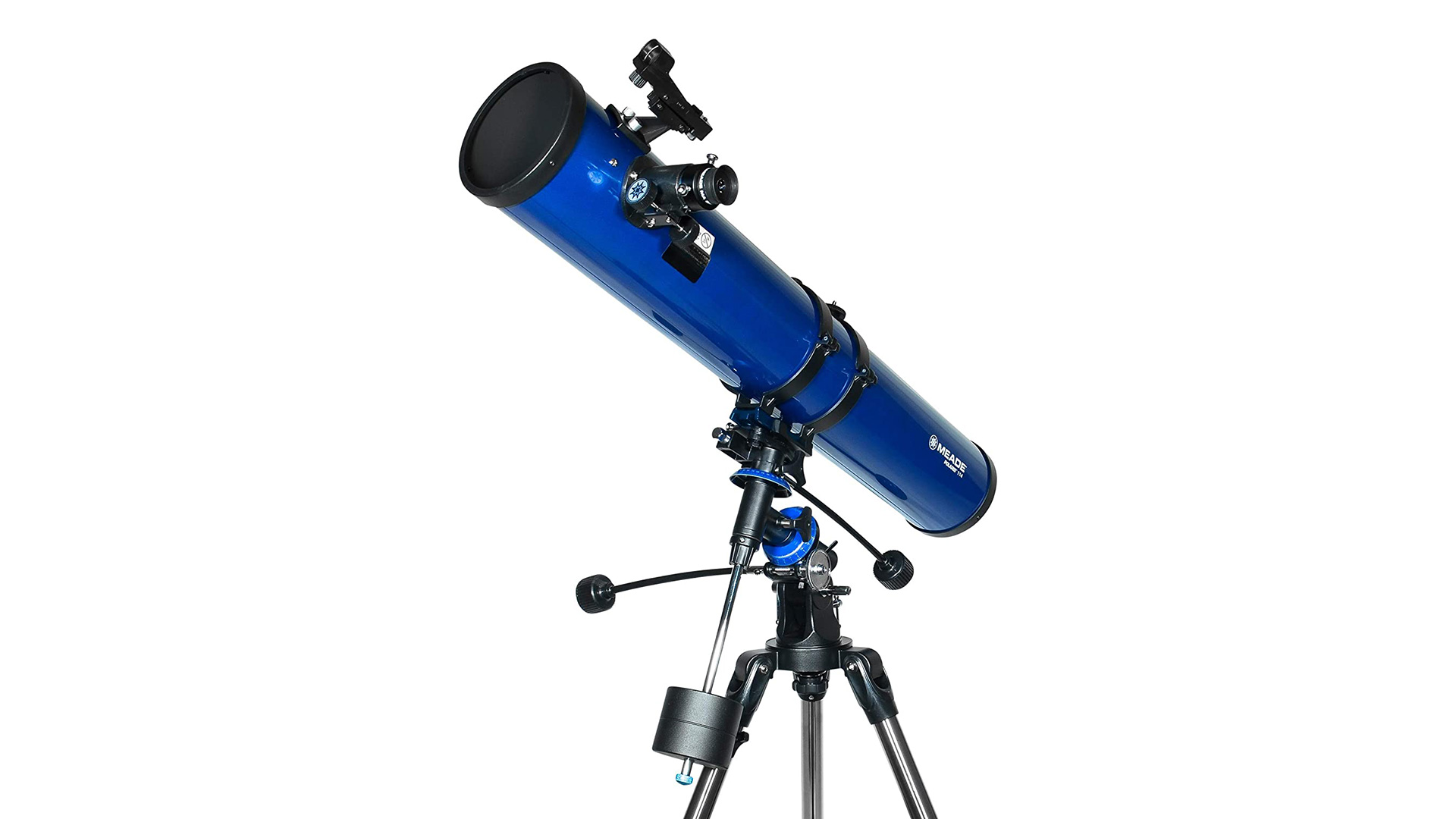
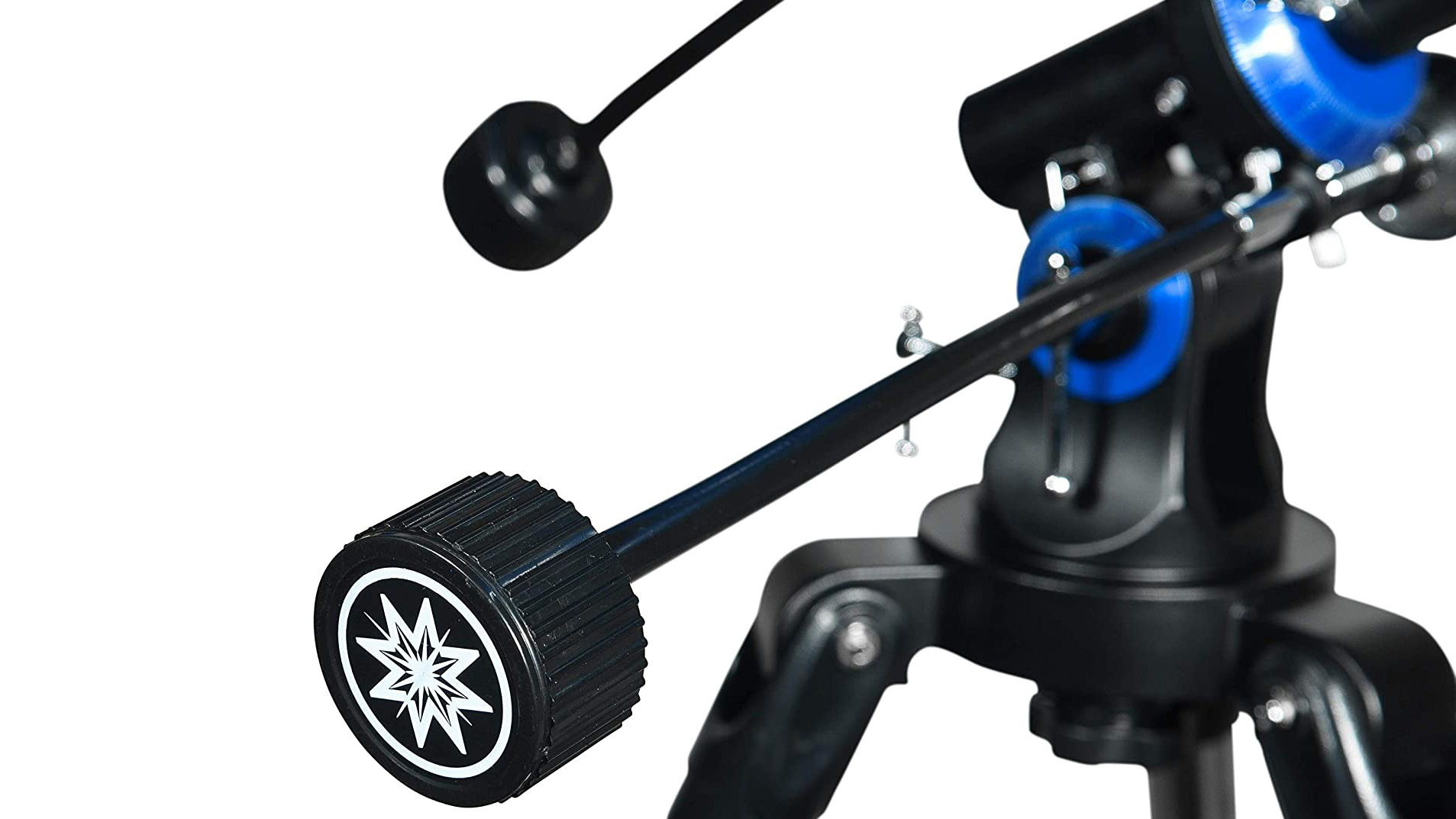
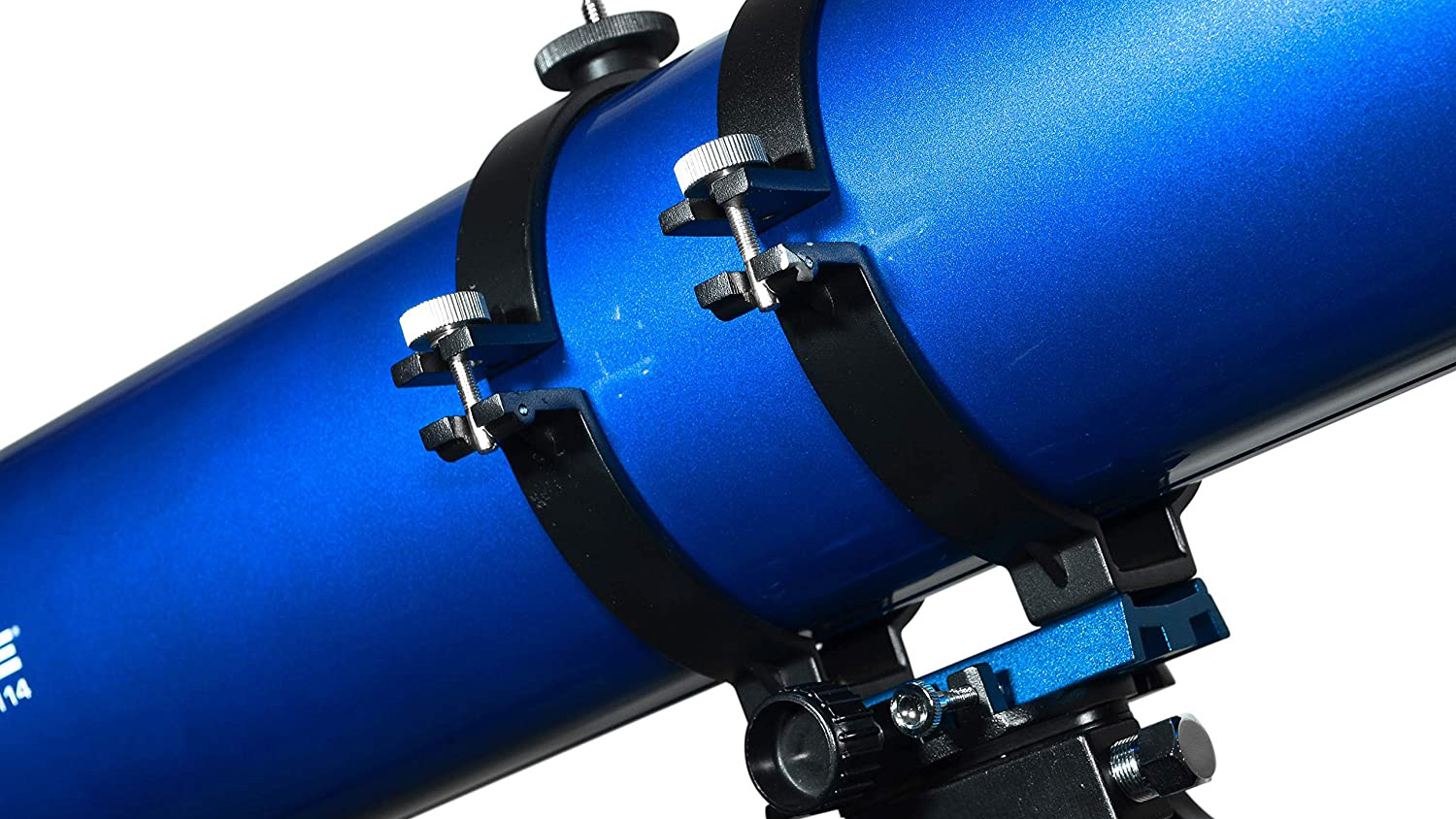
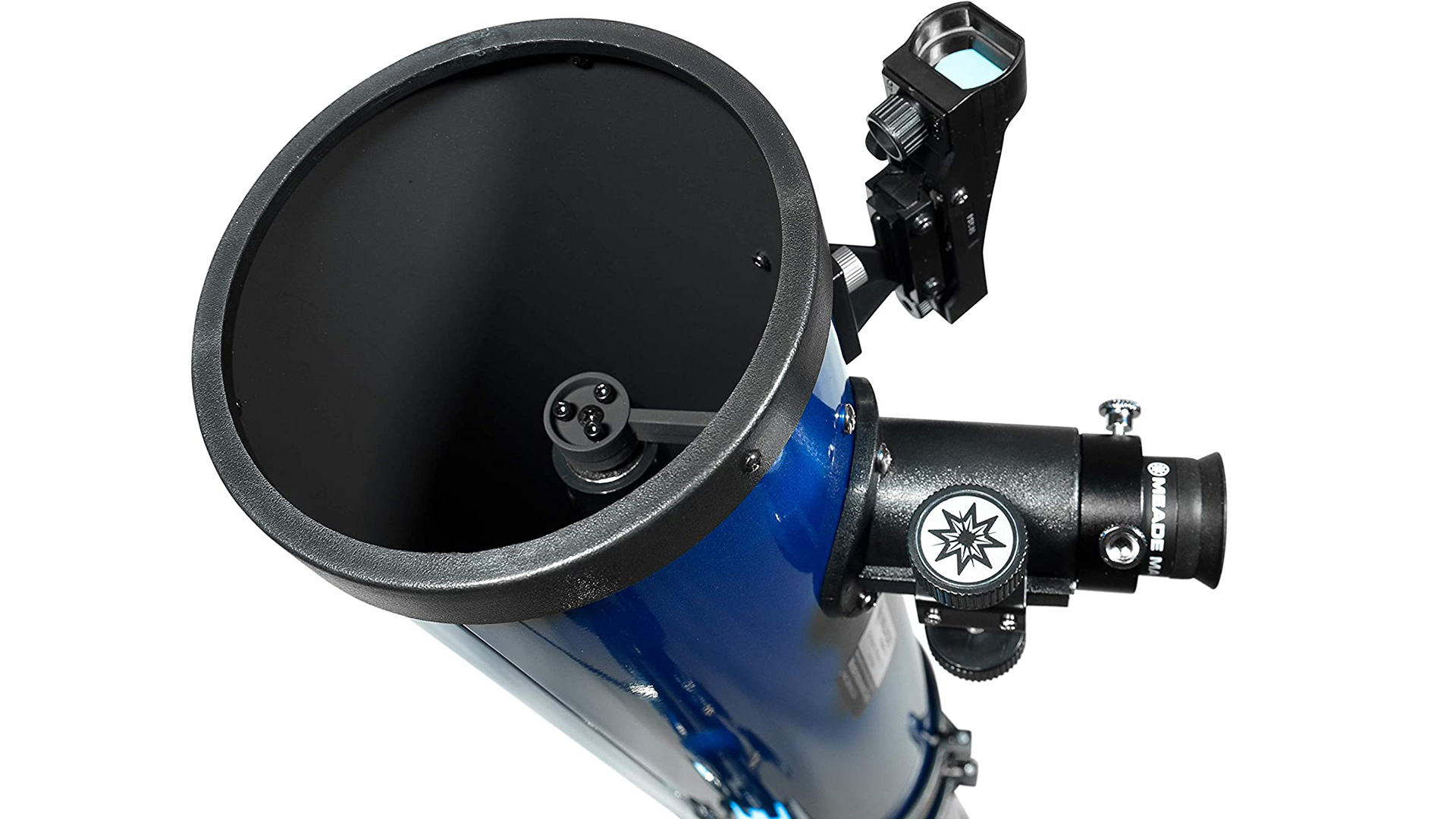
Celestron Inspire 100AZ Refractor Telescope: specs
- Optical design: Refractor
- Objective lens diameter: 100mm
- Focal length: 660mm
- Focal ratio: f/6.5
- Magnification: 241x recommended maximum
- Software supplied: None, but SkyPortal app available
- Optical tube length: 132.08cm
- Tripod: Stainless steel construction
- Weight: 9.07kg
Meade Instruments Polaris 114mm Reflector Telescope: specs
- Optical design: Refractor
- Objective lens diameter: 114mm
- Focal length: 1000mm
- Focal ratio: f/8.8
- Magnification: Not specified
- Software supplied: Autostar Suite Astronomer Edition
- Optical tube length: 149.9cm
- Tripod: Stainless steel construction
- Weight: 10.2kg
Celestron Inspire 100AZ and Meade Polaris 114mm reflector: usability
Setting up the Celestron Inspire 100AZ Refractor Telescope from scratch is claimed to be simplicity itself. Thanks to a folding accessory tray it's a case of popping the legs of the supplied tripod open and then turning the lock knob to secure it steadily in place. A built in micro meter provides a numbered scale that indicates the focuser's position, allowing users to quickly return to a specific point of interest. Highest practical magnification here is a pretty decent, if not quite market leading, 241x.
While it could not be considered an essential accessory, the Celestron further provides a red LED flashlight that is stowed in the centre of the mount head when not in use and can be used to illuminate the contents of the accessory tray when required, or alternatively used as a spotlight.
The alternative in the Meade Polaris 114mm Reflector Telescope likewise features an accessory tray and a stainless steel tripod. Its maker claims that its larger and stable ‘equatorial' mount with slow motion controls for the smooth tracking of objects across the night sky provides added stability and user support. Also referred to as a German equatorial mount, this is a telescope mount that has been aligned with the earth's polar axis – allowing its user to easily follow a particular object in the night sky for an extended period of time.
Weight wise, if you're interested in which is the most portable option, there is not a great deal in it between our contenders, as both are around a weighty though not restrictive 10kg.
Celestron Inspire 100AZ and Meade Polaris 114mm: price & extras
The Celestron Inspire 100AZ Refractor Telescope endeavours to provide plenty of bang for your buck, with optics and features not usually found at its price point. Apart from the features we've already listed above, however there's not much in the way of extras supplied. Relevant software is downloadable via an app, rather than being supplied on a bundled CD or DVD.
The Meade Polaris 114mm Reflector Telescope comes with both a red dot viewfinder to more accurately pinpoint objects plus the bonus of a PC-only compatible Autostar Suite Astronomer Edition Software DVD. This claims to provide a display of over 10,000 celestial objects that users of the tripod might like to seek out – and is more about building up the user's knowledge, rather than aiding operation of the tripod per se. Otherwise the Meade example comes with the peace of mind of a one-year warranty, whereas Celestron offers two.
Should I buy the Celestron Inspire 100AZ or Meade Polaris 114mm telescope?
Both our telescopes boast the fact that they can be set up and have their users seeking out stars in the night sky in a matter of minutes. The Meade Polaris 114mm Reflector Telescope has the advantage of its German equatorial mount working in line with the earth's natural rotation and slow motion control that lets users gently and accurately track objects as they move across the night sky.
With a focal length of 1000mm when compared with the Celstron's 660mm, it comes across as more of a dedicated astronomy tool perhaps than the Celestron Inspire 100AZ Refractor Telescope, which by contrast resembles a jack of all trades that is looking to maximise its possible customer base by being as adept for use on terrestrial ground as it is pointing heavenwards. Otherwise there is not much in it, in terms of price, size and weight. As ever, shopping around for the best possible deal may well tip your decision in favour of one instead of the other.
Gavin Stoker has been writing about photography and technology for the past 20 years. He currently edits the trade magazine British Photographic Industry News - BPI News for short - which is a member of TIPA, the international Technical Imaging Press Association.
-
 5 drone innovations I’d like to see in 2025 and beyond
5 drone innovations I’d like to see in 2025 and beyondLet's have more colour, longer flight times, modular cameras, drones that float and swarm technology
By Derek Adams
-
 5 hidden DJI features every drone pilot should know about
5 hidden DJI features every drone pilot should know aboutA quintet of handy tips to get the most out of your DJI Mini
By Derek Adams
-
 I'm a drone expert and these are my 10 top flying tips for beginners
I'm a drone expert and these are my 10 top flying tips for beginnersEverything you need to know to make flying your drone safer and therefore more enjoyable
By Derek Adams
-
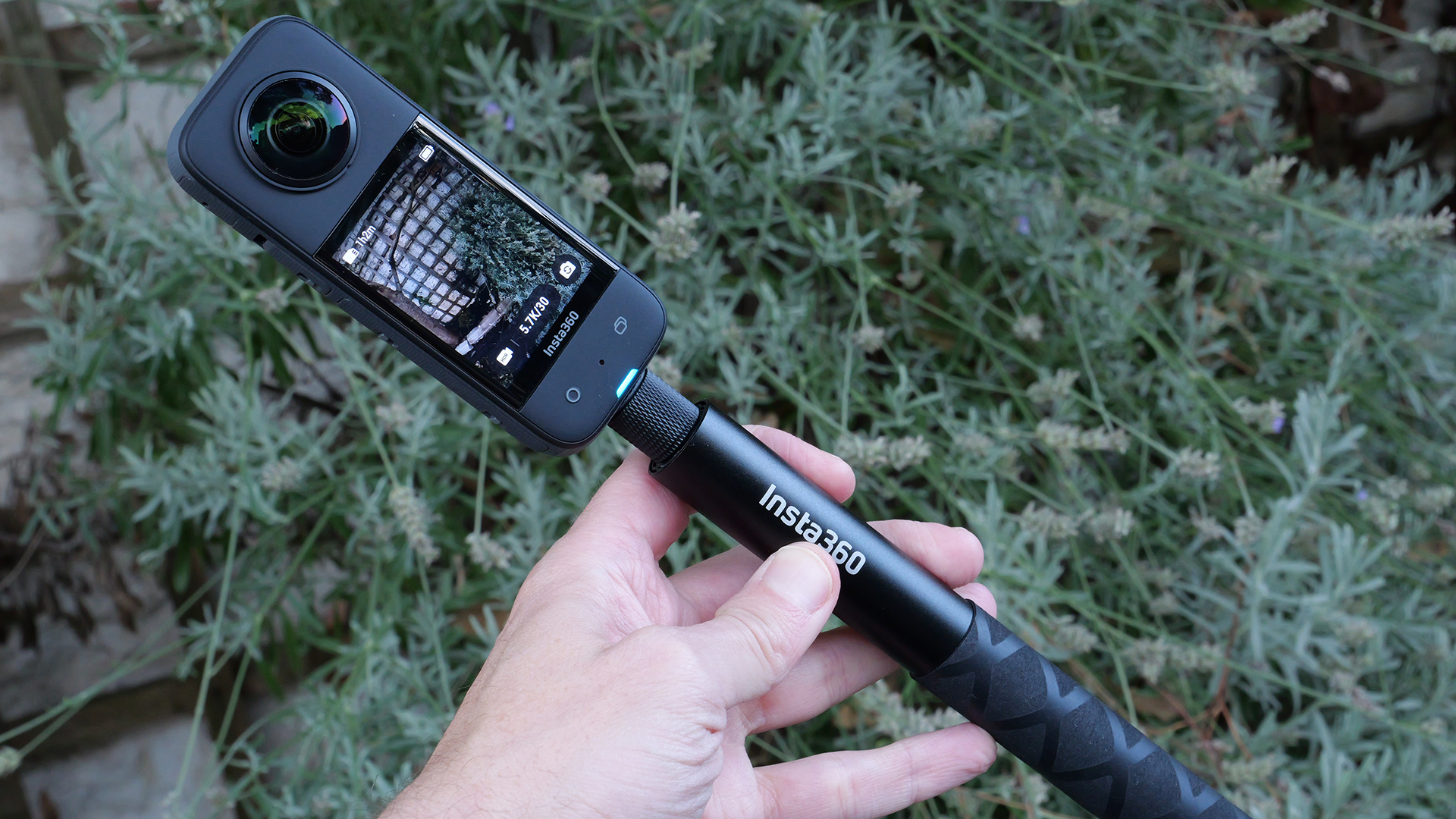
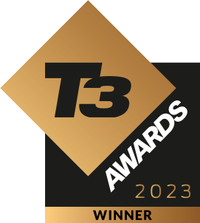 Insta360 X3 review: An all-round winner of a 360° action camera
Insta360 X3 review: An all-round winner of a 360° action cameraThe best small 360° action cam on the market
By Sam Kieldsen
-
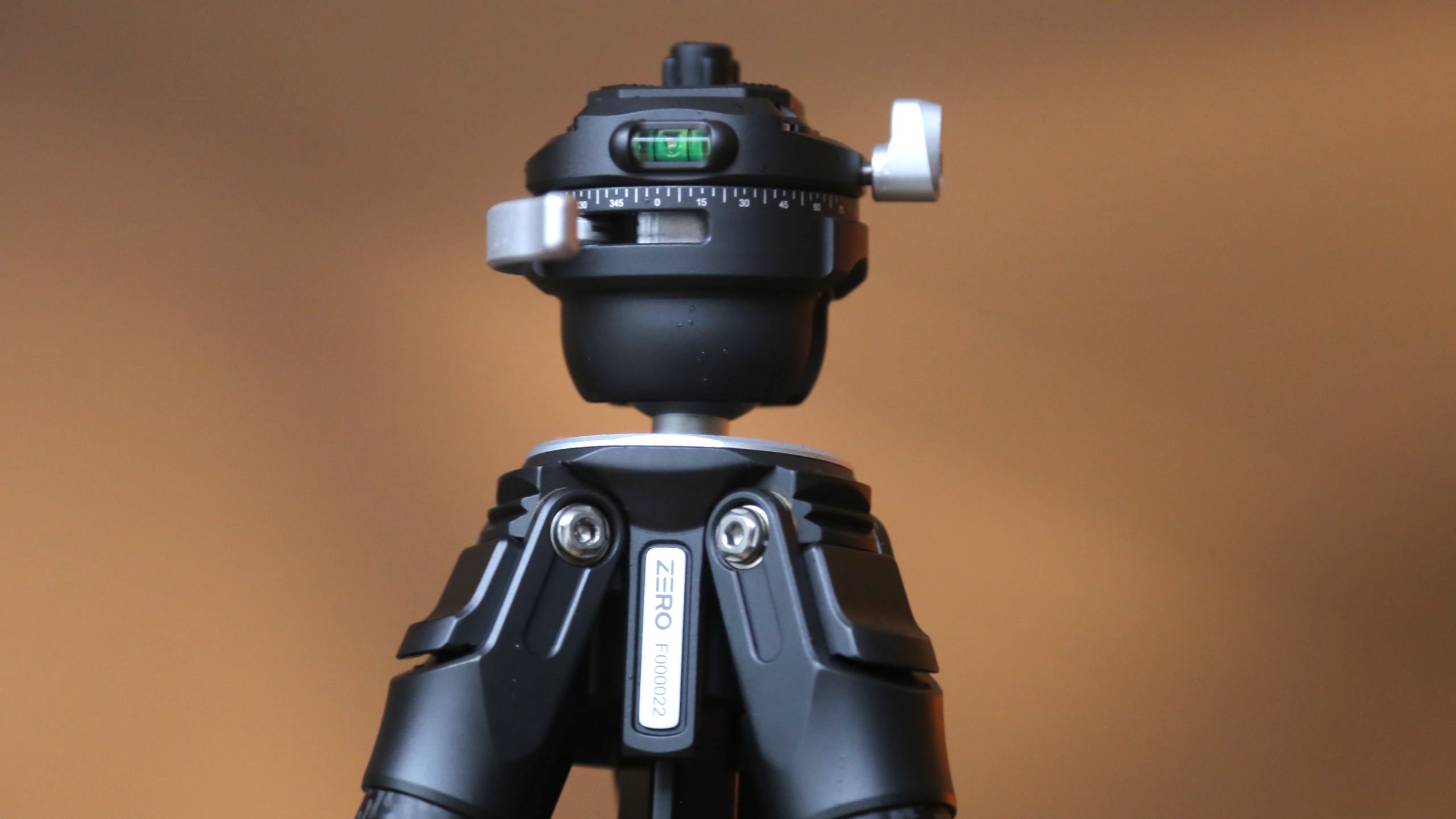 Ulanzi F38 Quick Release Travel Tripod: the travel photographers friend
Ulanzi F38 Quick Release Travel Tripod: the travel photographers friendSuperlight and feature-packed, the Ulanzi F38 Quick Release Travel Tripod is perfect for mirrorless cameras
By Jamie Carter
-
 GoPro’s Million Dollar Challenge is open
GoPro’s Million Dollar Challenge is openGoPro are giving away $1,000,000 for fantastic footage captured on a HERO11 Black or HERO11 Black Mini
By Pat Kinsella
-
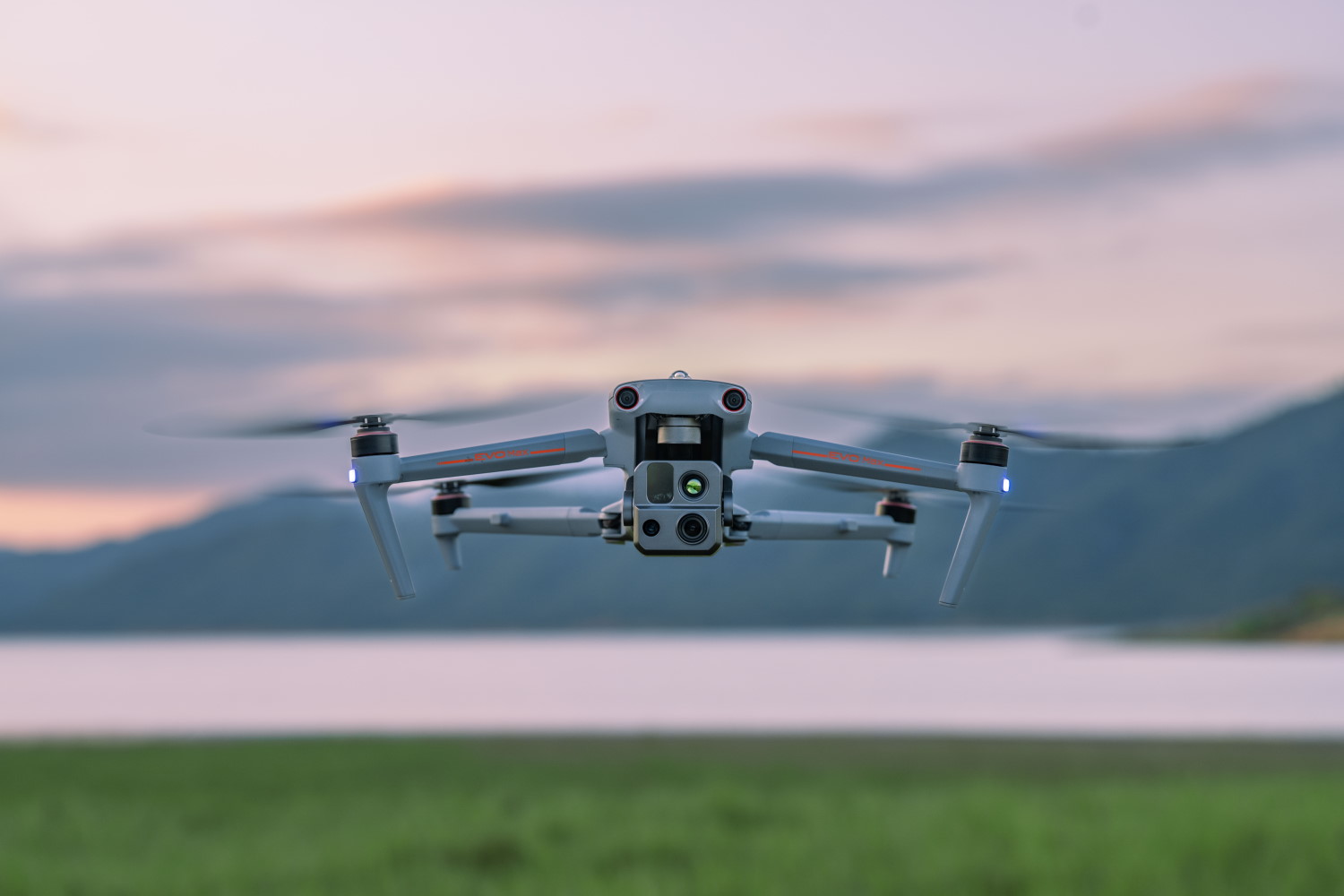 Audacious Autel just supersized their drone range
Audacious Autel just supersized their drone rangeAt CES 2023, Autel Robotics launched the new EVO Max 4T Drone, a mesh system for controlling multiple drones from one device and two powerful nest systems
By Pat Kinsella
-
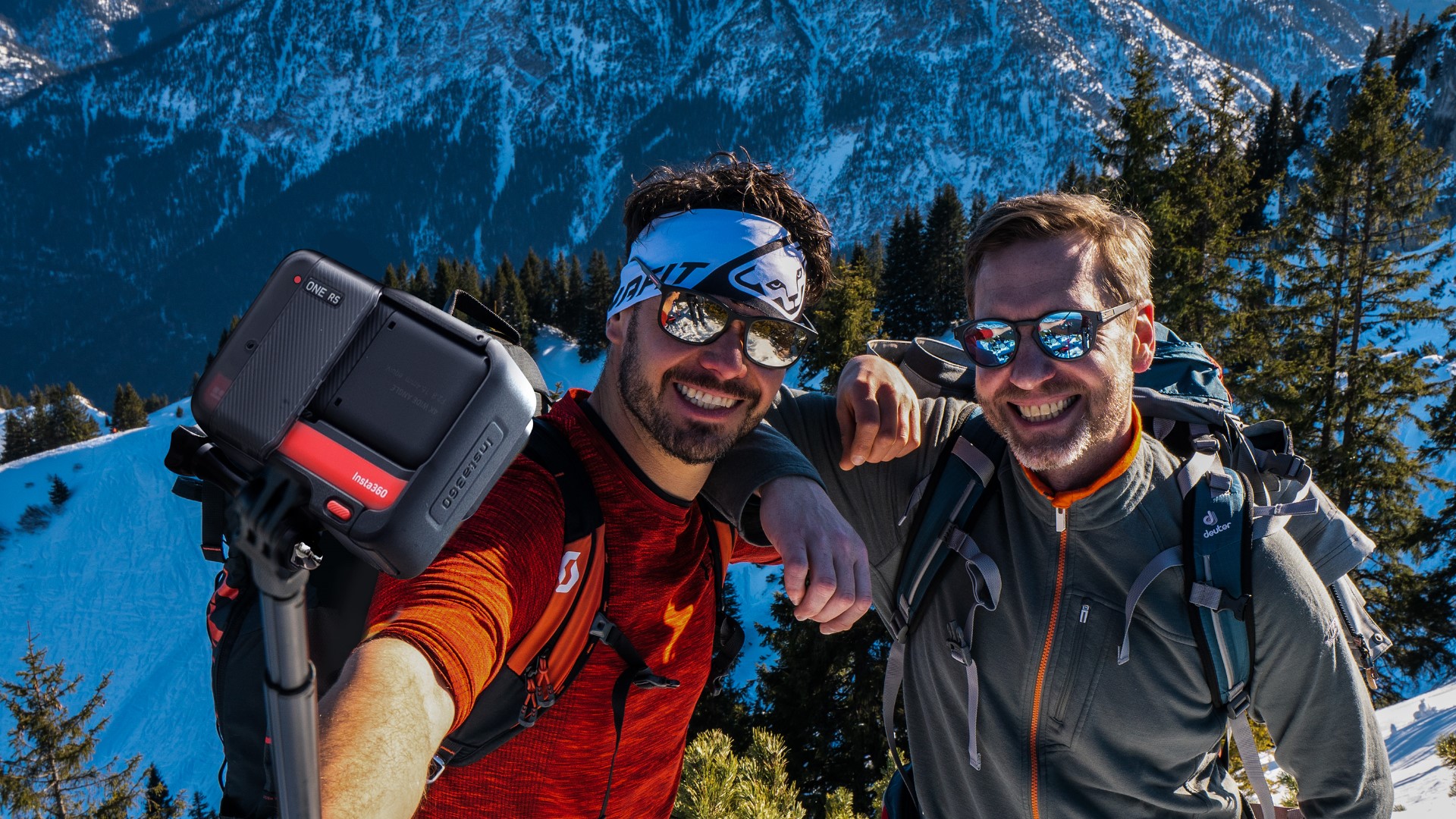 Hot Insta360 Action Camera Deals for January
Hot Insta360 Action Camera Deals for JanuaryNew Year, new adventures…new camera? Select Insta360 action cams are on special offer this week - check them out
By Pat Kinsella

